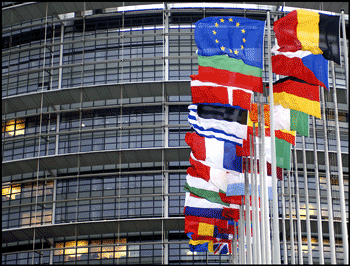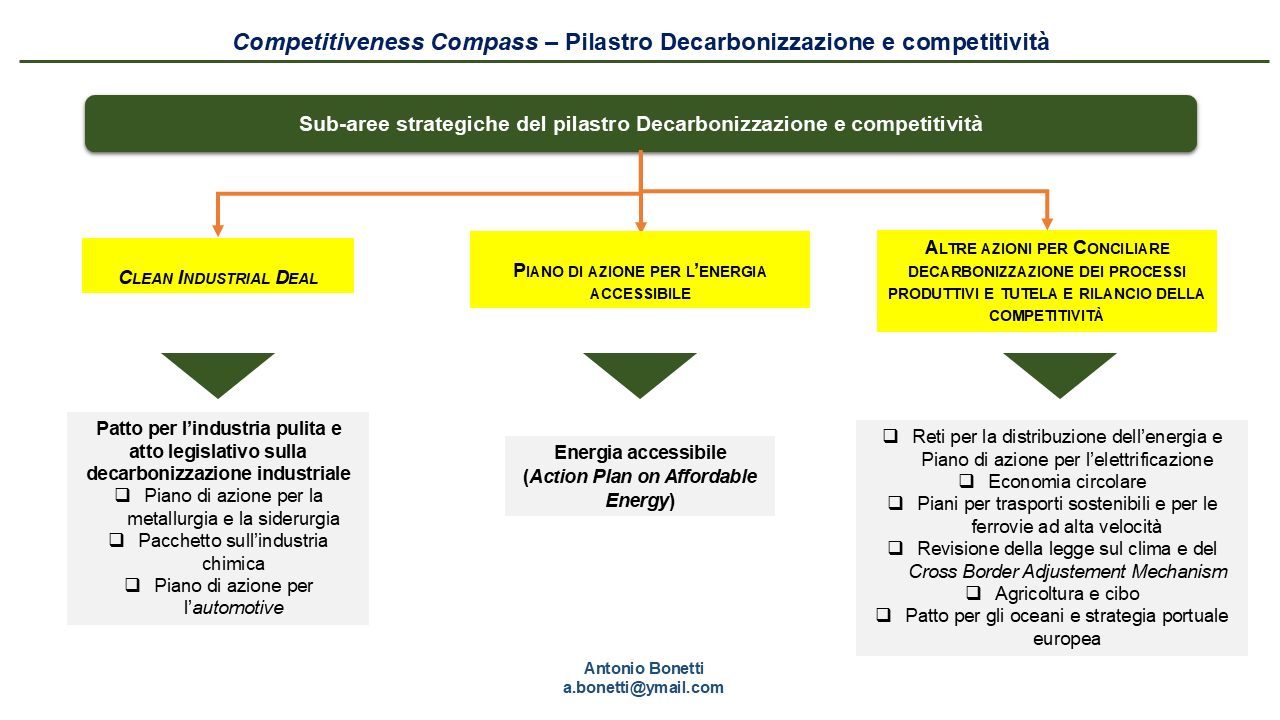‹‹What is needed is a fully-fledged understanding of
the division of innovative labour in capitalism […]
And the role that both the private and the public sector
play in creating, producing and diffusing innovation››
Mariana Mazzucato (Economist)
The Entrepreneurial State (2013, 13)
The EaSI Programme at a glance
The Programme for Employment and Social Innovation (EaSI) is the main financial instrument of the EU aimed at sustaining social innovation and ‘social policy experimentation’ (see the second paragraph).
Furthermore, EaSI (managed by the Directorate-General Employment, Social Affairs and Inclusion of the European Commission) lays emphasis on the importance of enhancing the access to finance for social enterprises, microenterprises and vulnerable people who face serious difficulties in securing capital (equity or traditional bank loans).
The EU has formulated EaSI as a “framework programme” structured around three axes (1. PROGRESS, 2. EURES and 3. Microfinance and Social Entrepreneurship), that were already in place in the 2007-2013 programming period.
The PROGRESS Axis builds on the EU Programme for Employment and Social Solidarity (PROGRESS), implemented in the 2007-2013 programming period. It is mainly meant to sustain reforms of labour market and the experimentation of new initiatives/projects in order to address old and new social needs still not met or met insufficiently.
In other words, it is the Axis specifically aimed at promoting:
- social innovation,
- social policy experimentation.
Social policy experimentation and counterfactual evaluation
According to the European Commission, ‹‹what Europe lacks is not only social innovation, but also its scaling up and capacity to influence the policy framework›› (see European Commission, 2013, p. 17).
This is the reason why the EaSI Programme promotes social policy experimentation.
‹‹‘Social policy experimentation’ refers to small scale projects designed to test policy innovations (or reforms) before adopting them more widely›› (see European Commission, 2013, p. 18).
Social policy experiments are key to establishing which new practices, that are meant to tackle and solve social problems, can be labelled ‘social innovations’. Accordigly, they are also meant to promote evidence-based policies.
To make this happen it is necessary to develop robust methods that are meant to assess the likely impact of new social interventions or policy reforms before putting them in practice.
Since the 1970s, social policy experiments and impact evaluation have been developed together in order to establish which policy reforms work and which do not. In this respect, it is particularly important the so-called ‘National Supported Work Demonstration’ carried out in the US (see LaLond 1986, Greenberg, Shroder, 2003).
Given a certain socio-economic objective, the main purpose of impact evaluation is to separate effects of specific policy reforms (or social innovations) from that of other socio-economic factors.
In particular, this is a task for counterfactual evaluation, that answers mainly two questions:
- Do the public interventions/policy reforms have an effect?
- How big was the effect?
To put it another way, how can scholars and policy-makers confidently attribute certain results to specific public actions? And how much those actions influenced outcomes/results?
Social policy experiments and counterfactual evaluation are based on the general principle that only by defining a ‘counterfactual control group’, scholars and policymakers could ‘measure’ what would happen to a certain ‘target group’ if specific interventions or policy reforms were not implemented – ‘counterfactual situation’.
Without a ‘control group’ (‘comparison group’) similar to the ‘target group’ (‘treatment group’) in relation to relevant socio-economic variables, it is not possible to separate the effects of public interventions from those of other factors.
Social policy experiments (‘demonstrations’) allow to establish a ‘target group’ and a ‘comparison group’ that are statistically about similar in a random way before the implementation of new public interventions or policy reforms.
The EaSI-PROGRESS Axis, as aforementioned, promotes both social innovations and social policy experiments as a strategic choice in order to improve both efficiency and impact of social policies, while respecting tighter public spending constraints. This choice is consistent with the EU’s general objective of improving good governance and effectiveness of public policies, despite the reduction in public spending.
It is not a coincidence that social policy experimentation is a specific objective of the Annual Work Programme for 2014. In particular, it contains a specific action – action 1.2.8. ‘Social innovation and social policy experimentation’ that is based on ‘the need to test the impact, the adequacy and the effectiveness of social reforms […] before their wide-scale implementation’ (see Annual Work Programme 2014, p. 13). As to counterfactual evaluation and evidence-based policies, Italy is a latecomer. Thus, such an action is particularly important in Italy.
References
EUROPEAN COMMISSION (2013), Guide to Social Innovation, Brussels
GREENBERG D., SHRODER M. (2003), Digest of Social Experiments, Washington, The Urban Institute Press
LALOND R. (1986), Evaluating the Econometric Evaluations of Employment and Training Programmes with Experimental Data, ‘American Economic Review’
MAZZUCATO M. (2013), The Entrepreneurial State. Debunking Public vs. Private Sector Myths, London, New York, Anthem Press










